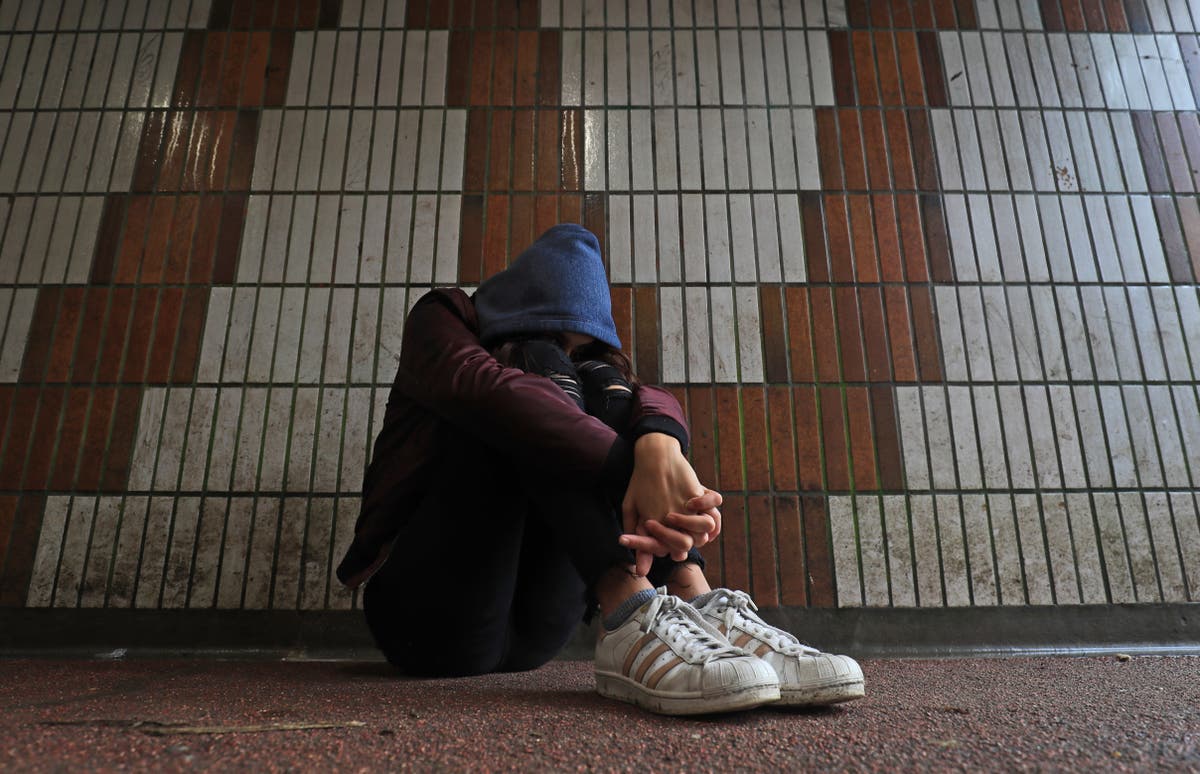Criminal gangs are increasingly exploiting vulnerable young women and girls, using beauty treatments as grooming tactics in a sophisticated new approach to recruitment, according to charities. This trend, dubbed a "safeguarding pandemic," sees perpetrators offering Botox, lip fillers, and other cosmetic procedures to entice victims into carrying out criminal activity. The shift from offering designer goods to beauty procedures underscores the evolving sophistication of these gangs.
Young mothers are also being manipulated, sometimes forced to carry drugs and weapons in their prams to evade detection. This exploitation, often centered around the "county lines" drug trafficking model, places children in dangerous situations, exposing them to illicit substances, firearms, and gang violence.
The methods used by gangs to exploit children have evolved significantly. This development has resulted in a shift from previous, more readily identifiable patterns. While traditional grooming techniques persist, these gangs are becoming increasingly creative and deceptive in their methods, targeting vulnerable individuals across a spectrum of demographics.
Charities report a lack of awareness and correct identification of female victims by law enforcement. This deficiency stems from insufficient research, leading to a lack of data on the extent of female involvement in county lines and an underestimation of their prevalence. This lack of data is partly due to a reliance on datasets focused primarily on male offenders.
The exploitation often begins with the manipulative "boyfriend model," where girls fall into abusive relationships with gang members. Such relationships can lead to their homes becoming drug trafficking hubs. A 2023 report estimated 60,000 vulnerable girls in England face violence within a gang context, yet remain largely unseen.
Despite police efforts to disrupt more than 5,000 drug lines since 2019, focusing primarily on crack cocaine and heroin trafficking, female exploitation remains an underreported aspect of the problem. The National Police Chiefs Council's 2024 report highlights this underreporting, noting the potential for gender bias to hinder police intervention and increasing the risk to female victims.
A non-profit organization, Catch-22, found that girls are sometimes mistaken for boys in police interactions. This can result in a dismissal of potential exploitation and lead to a failure to properly categorize and support the girls as victims. This issue highlights the need for improved training and awareness among law enforcement, social care services, and local authorities to recognize and address female exploitation within county lines.
The lack of robust data and the underreporting of female involvement highlight a critical need for more targeted research and interventions. The problem remains a serious threat to vulnerable youth, with a call for greater awareness, robust data collection, and specialized support services, particularly for female victims of county lines exploitation.







